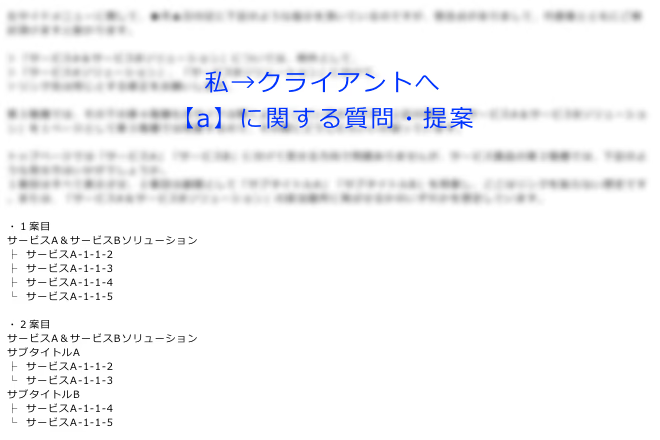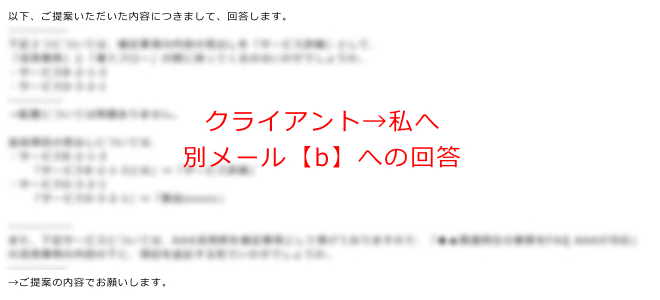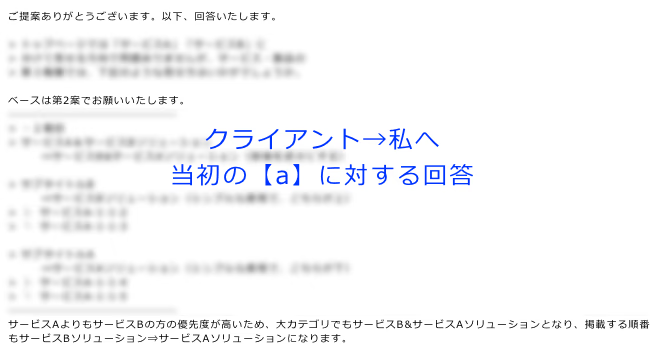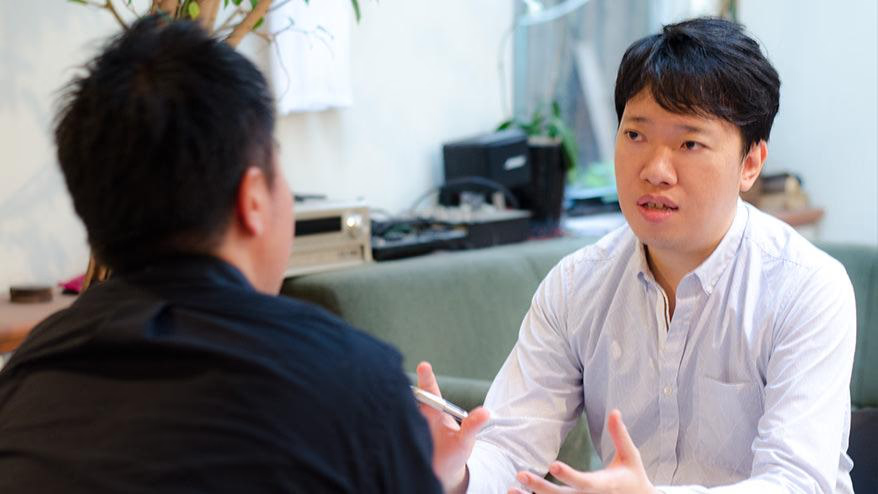Hello, I'm Nishijo, the director.
When a project begins, we directors first listen to the client's requests, define the requirements, and decide the direction of the site. Once the direction is decided, we finalize the plan and content, and proceed to design, coding, and production, until the site is launched.
From the beginning to the end of a project, the director will act as the liaison with the client, and the method of communication will often change as the project progresses.
First of all, nothing has been decided at the start, so we hold frequent face-to-face meetings to decide the direction of the site. From there, we work out the plan and design, and then we actually create the design. Deciding on the design is the climax of solidifying the specifications, so we always meet face-to-face to confirm.
Once the specifications have been solidified to that extent, in the subsequent production phase (mainly coding), we tend to gradually reduce face-to-face meetings and shift to communication via email, etc.
This is usually how we proceed, but in a previous project I was in charge of, we ran into communication limitations while communicating via email. During that time, I received feedback from the client and learned something from other projects, so I would like to share it with you today.
After sorting out the huge amount of emails
As mentioned above, as the project moves from the middle to the end stage and communication via email becomes more important, the number of confirmations and issues from clients increases, requiring management of the large volume of emails being sent back and forth.
Ideally, you would want to link the subject and body of an email and communicate unrelated issues in a new email, but it is common for a completely unrelated issue B to be included in the body of an email when communicating about issue A.
This can result in an email subject (A) containing another task (B) in the body, and if this happens repeatedly, tasks can end up getting buried, even if you organize them in a task management table.
For a project I was in charge of previously, we communicated face-to-face until the main design was confirmed. For subsequent phases (confirming the design of the components for mass production of the pages and confirming manuscript arrangements), we switched to email correspondence to confirm details and then moved on to the coding phase.
Since the pages to be mass-produced are voluminous, the body of the email can become very long when communicating via email. One day, I sent the following email:
1) Confirmation email from me to client [a]
The next day I received a reply to this email (with the subject Re:), but rather than a response to the content I had sent in [a], it was a reply to the confirmation point I had made earlier, [b].
2) From the client to me: The reply email to [a] contains a response to another email [b]
On the same day, I received another reply (Re: subject) with the answer to my original [a].
3) From the client to me: This contains the answer to the original question [a].
Here, we have given an example of three emails, but in reality, we exchanged just under 20 emails on the same subject. With a large number of types of services, the number of inline (quoted) answers to questions also increased, and it became difficult to complete confirmation of each issue by email alone.
From the start of the project to delivery, I exchanged more than 500 emails with the client, and with so much going on, I found myself unable to keep up with it all. In the end, it got to the point where the client was no longer able to understand what questions he had asked.
In the end, we changed the system so that confirmation of communication would be done by email and phone, and that issues would be sorted out by regular face-to-face meetings, and we were able to avoid the worst-case scenario, but it left me with a lot to reflect on. I don't think it's necessary to do everything face-to-face, but this incident made me realize that by meeting face-to-face, it's easier to understand the intention and purpose of the client's questions and instructions, and it also clarifies issues for both parties, such as prioritizing the work up to publication.
The importance of face-to-face meetings, even if it's just for 15 or 30 minutes

Recently, I was in charge of a project as a sub-director, and I thought it was a good project. (As a sub-director, you are responsible for supporting the main director by writing minutes of meetings and following up on the progress and comments of the main director during meetings.)
It's a visualization of the landscape.
For this project, even for projects that only took a short time to complete, we held face-to-face meetings (and if a visit was not possible, we would meet face-to-face via video conference) to consistently present and confirm the current status of the project and the schedule to the next milestone.
During the meeting, they explained the process for the next milestone again, which highlighted the customer's concerns and showed their willingness to try to resolve them. It was also impressive that they used the time meaningfully, meeting face-to-face to check the progress of the issue management sheet, even for minor issues that could be resolved by email.
When I was the main director, I used email quite a lot in the middle and later phases of the project, but this tends to create one-way communication and makes it difficult to get a sense of the customer's concerns and other emotions.
I would like to use this method of proceeding, which involves face-to-face communication even for a short period of time and making sure to gauge the customer's temperature, as a reference for my future work.
summary
The director has the important role of managing communication. If communication is not good, the project cannot be led to its goal.
When dealing with clients, it is necessary to have a client-oriented perspective, understand and grasp the client's intentions and goals, and propose the communication that the client desires. The most important thing to understand is, of course, a face-to-face meeting. As a web production professional and the person in charge of production progress, I believe that approaching the client with an educative attitude will lead to trust.
I would like to continue to provide direction in the future, helping to navigate my clients towards their goals by appropriately using various communication methods, including face-to-face meetings, telephone calls, and emails.


